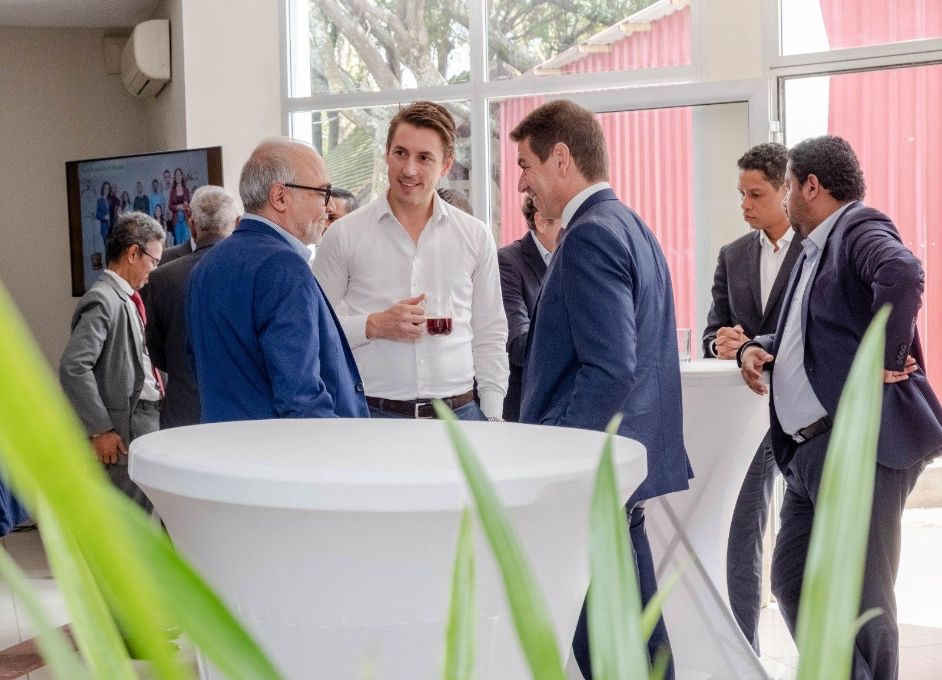The call for projects “Support to Marine Protected Areas (MPAs) and Locally Managed Marine Areas (LMMAs)” launched by the GEF6-AMPs project identified seven pilot initiatives, which are currently in the process of compliance. The GEF6-AMPs project, “Expanding and Consolidating Madagascar’s Network of Marine Protected Areas” aims to ensure that Madagascar’s marine biodiversity and productivity are effectively managed through a sustainable and resilient national network of MPAs and also contributes to Madagascar’s commitments under the Sydney pledge to triple the size of MPAs. The project is financed by the Global Environment Facility with USD 6 million for the 2020-2024 period. It is implemented by the Ministry of Environment and Sustainable Development (MEDD), with technical support from WWF. Financial management is provided by FAPBM. Additional financial support for protected areas Launched in July 2022, the call for projects will grant each selected projects with an amount of between USD 40,000 and USD …
GEF6-AMPs: The list of selected projects to discover













